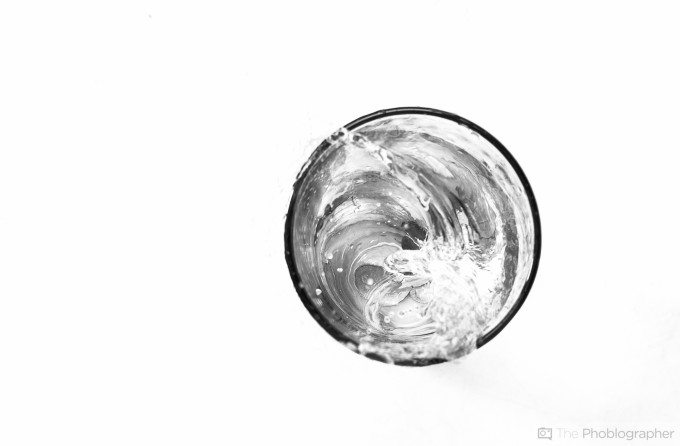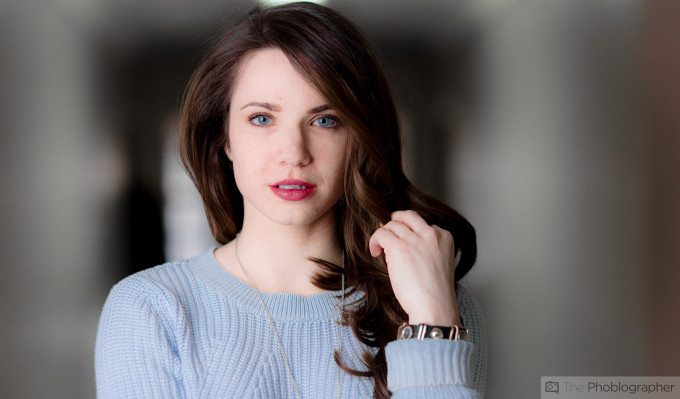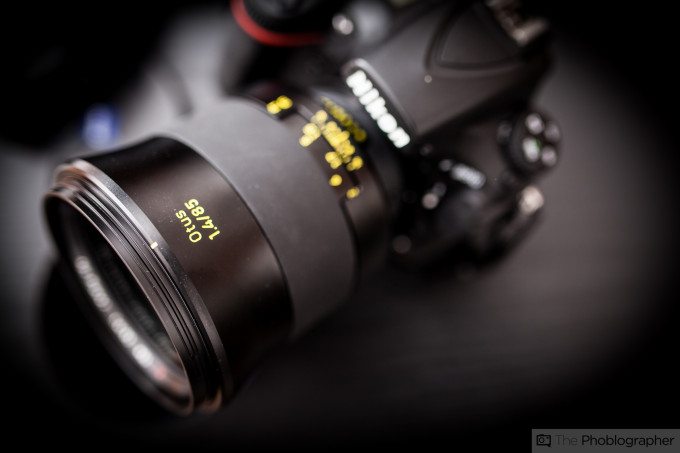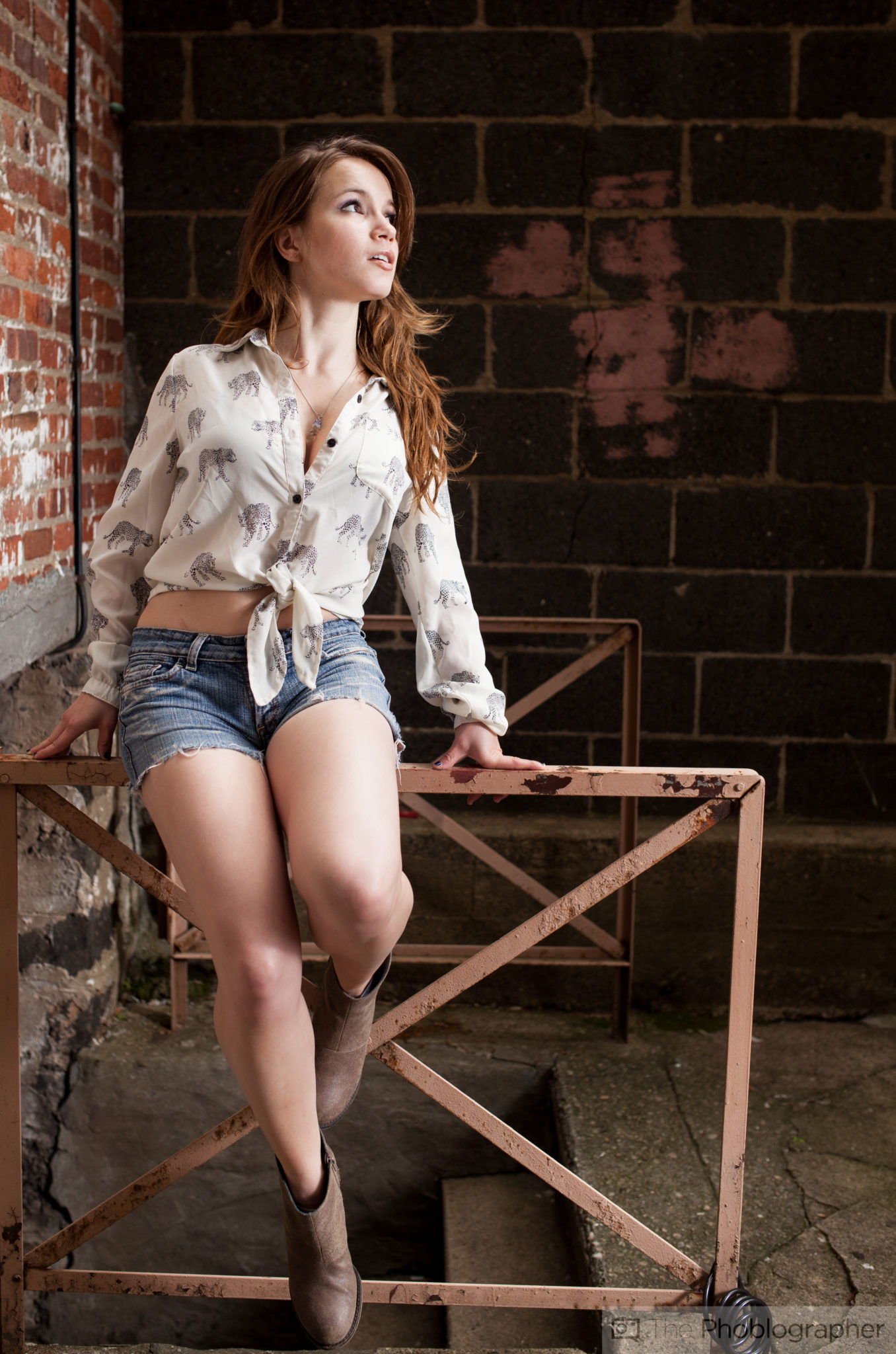Let’s say that you’ve got a product, portrait subject, bride and groom, or something else in your photo that you really want to make stand out from the rest of the scene. How would you go about doing this? A shallow depth of field is that many people will say to start, but that’s the most basic of methods. Indeed, there is a specific 3D effect that photographers talk about and there are also lenses with micro-contrast that can help you do this.
Believe it or not though, it all comes down to contrast.
Effective, Artificial Lighting
When photographers talk about a 3D effect, they’re often referring to lighting. This can be done with a single light that has a fast flash duration and/or high speed sync. A fast flash duration will make a subject really, really crisp and add details to them that will pop out even more. These are typically called specular highlights and they’re at their best when your light source is very diffused.
Alternatively, high speed sync can overpower the sun’s lighting if you’re outside and will illuminate your subject to be effectively brighter while darkening the rest of the scene.
So why specifically do you need artificial lighting? It has to do with contrast as we will talk about later on. But it helps your subject stand out from the rest of the scene. Effective lighting can also make specific colors pop more, which then adds even more of that 3D effect that we’re looking for.
A Longer Focal Length Lens
We talked a bit about depth of field, and the effect that we’re specifically talking about here is best achieved with a longer focal length. That essentially means that an 18-55mm kit lens won’t cut it. We’d recommend the equivalent of at least an 85mm lens, but this varies depending on the sensor size, effective depth of field, and more. For starters, get close to your subject–as close as you can without compromising the intended composition that you have in your head.
Then consider the fact that the longer a focal length is, the less will be in focus at a given distance at equivalent apertures to shorter focal lengths. What does this mean? When focused out to 12 feet, a 135mm and a 35mm lens will both have a different depth of field when they are at the same aperture. The 135mm lens will have much less in focus.
So with that said, use the bokeh effect and combine it with effective lighting. But overall, ensure that you’ve got a big emphasis on the next step.
Adding High Contrast To Your Image
Lastly, something that we’ve been essentially talking about for the entire post is contrast. The higher the contrast and the deeper the blacks are in an image, the sharper it can look without actually being sharper. So to make your subject stand out, you need to add contrast naturally in camera and in the post-production phase. This can be done through specific color channel work, adding contrast, messing with the black and white levels, etc. Start off by having a faster shutter speed than you’d normally shoot, getting a shallow depth of field, combining this with a lower ISO setting and getting a healthy balance between highlights and darks.
Essentially, make it as far from an HDR as you possibly can. Do that, and you’ve got yourself a subject that can surely stand out.





